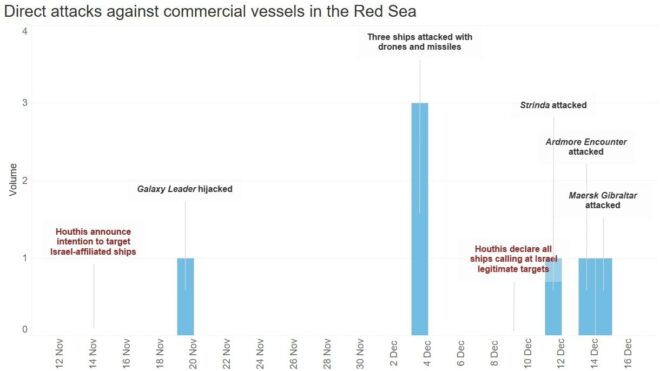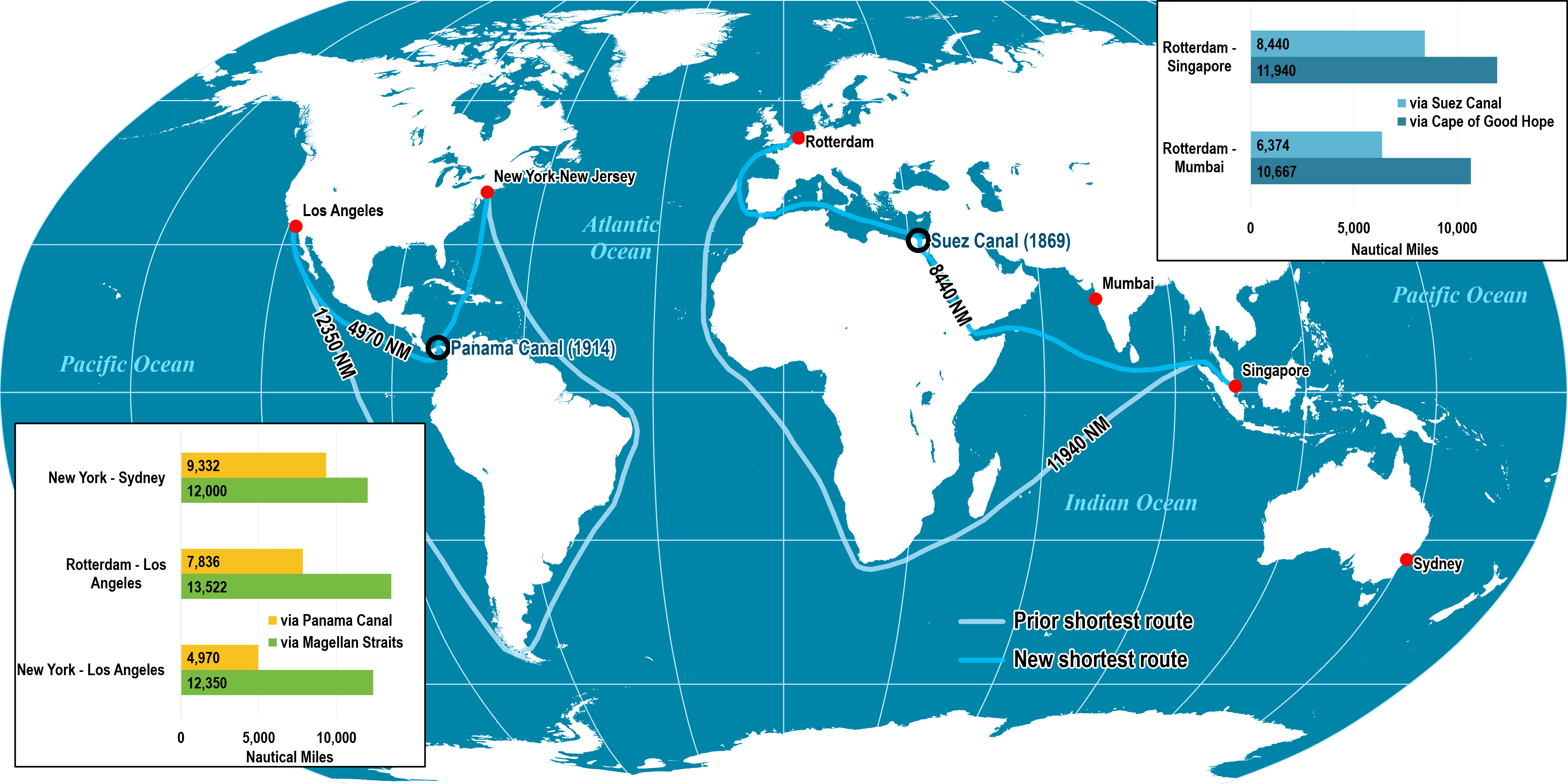Clogged Canals, The World's Trade Arteries
Panama Canal: El Niño and Operational Constraints
The impact of El Niño on the Panama Canal and the Amazon region is the most severe in over a century, resulting in a substantial drop in passage capacity from 40 ships per day to just 18. Major shipping companies, including Maersk, CMA CGM, Hapag-Lloyd, and MSC, are grappling with disruptions, leading to heightened competition for available slots and a surge in toll fees. These increased costs, coupled with longer transit times and reduced capacity when rerouting, are anticipated to significantly impact global supply chains, resulting in higher shipping costs and potential delays in the delivery of goods.
Furthermore, ongoing maintenance work on the canal's locks is causing additional delays, with periodic closures for repairs and upgrades compounding the operational challenges.
Suez Canal and Red Sea: Security Threats and Route Diversions
Recent developments have put a new strain on the Suez Canal and Red Sea, with conflict in the region and a resurgence of piracy disrupting shipping routes. Attacks on vessels from Houthi rebels based in Yemen have led to rerouting decisions, impacting the cost and duration of voyages. The Red Sea incidents are reminiscent of the piracy crisis in Somalia, prompting considerations for the creation of a multinational task force to enhance the security of merchant shipping in the region. The Suez Canal, usually accommodating around 50 ships per day, is now facing a drastic reduction in traffic due to military actions and heightened security risks.
Security concerns have led to difficulties in ensuring safe and timely passage, prompting major carriers to reassess their reliance on this critical route. The threat of piracy, once under control, is resurging, further complicating maritime operations and contributing to a surge in insurance premiums and operational costs.
With the reliability of the Suez Canal in question, more carriers are considering the longer and costlier alternative of routing around the Cape of Good Hope, exacerbating global shipping capacity constraints.

Source: Lloyd's List Intelligence / Seasearcher, UKMTO, Centcom
Global Implications for Shipping and Logistics
In summary, these challenges are contributing to:
- Increasing Shipping Costs: Delays are becoming more frequent, resulting in rising shipping costs due to longer transit times and higher operational expenses. It is to be expected that carriers will incorporate the increased expenses in their sea freight - ultimately impacting the costs covered by shippers and their end customers.
- Altered Routes: Shipping lines are exploring alternative routes to bypass congested canals, leading to longer journeys and additional costs.
- Impact on Delivery Schedules: The predictability of delivery schedules is compromised, resulting in delays and challenges in supply chain planning.
- Equipment Availability: Altered routing and delivery schedules will have a significant impact on the distribution of equipment, diminishing container availability.
Anticipating a New Era in Global Logistics
These challenges prompt us to consider if we are on the brink of a new era in global logistics, where adaptability and innovation become key. At Shipex, we are actively exploring new strategies and solutions to navigate these complex challenges and minimize their impact on your operations.
We remain dedicated to keeping you informed, exploring alternative routes, and providing customized solutions. Your business is our priority, and we are here to support you through these challenging times.
Should you have any questions or comments regarding this topic, do not hesitate to contact your Shipex representative.


